Structural composition of asphalt shingles
Asphalt shingles are a common and important building material. Their structural design is scientific and reasonable, and they are composed of five key parts. The outermost colored sand layer gives the asphalt shingles rich and diverse colors, meets the aesthetic needs of different architectural styles, effectively resists the invasion of ultraviolet rays, protects the underlying structure, and prolongs the service life of the asphalt shingles. The upper layer of asphalt next to the colored sand layer plays a good bonding role, ensuring that the colored sand is firmly attached while enhancing the waterproof performance. The fiberglass felt layer in the middle provides it with the necessary strength and flexibility, so that it can adapt to the shape and temperature changes of different roofs, and is not easy to deform or break. The back sand layer can prevent the asphalt shingles from sticking to each other during storage and transportation, ensuring the integrity of the product.
Raw materials and process of asphalt shingles
Asphalt shingles are usually made of asphalt, glass fiber, mineral powder and other raw materials through a specific process. During the production process, the asphalt mixture is evenly coated on the glass fiber substrate, which provides a stable basic structure for the asphalt shingles, giving them good tensile resistance. After the key step of high-temperature heating and curing, the asphalt and glass fiber are fully integrated to form a stable and strong structure. This unique production process makes asphalt shingles have both the waterproof properties of asphalt and the high strength advantages of glass fiber.
Performance characteristics of asphalt shingles
The colored sand layer on the surface of asphalt shingles and the multi-layer structure inside can effectively absorb and block external noise. When external sound is transmitted to asphalt shingles, its irregular surface and internal gaps will reflect and absorb the sound multiple times, reducing the sound from entering the room and creating a quiet and comfortable living environment for residents. The fiberglass felt layer gives asphalt shingles excellent flexibility and strength. When natural disasters such as earthquakes occur, they can deform to a certain extent with the vibration of the roof, but are not easy to break, thereby ensuring the integrity of the roof and reducing the risk of damage to the building. For small cracks in the roof caused by temperature changes, foundation settlement and other reasons, asphalt shingles can also repair and adapt to a certain extent with their own elasticity, reducing the possibility of crack expansion. Asphalt shingles have a low thermal conductivity and can effectively block the transfer of heat. In the hot summer, it can block the heat from the outside from entering the room and reduce the energy consumption of indoor air conditioning; in the cold winter, it can reduce the loss of indoor heat, keep the room warm, save energy costs for users, and improve the comfort of living. Asphalt shingles are light in weight, which reduces the load-bearing burden of the roof. Its installation process is relatively simple, and does not require complex construction equipment and professional skills. Ordinary construction workers can get started after simple training.
Choice of asphalt shingles
Asphalt shingles have a variety of specifications, different shapes and colors, which can fully meet different architectural styles and needs. The specifications include single-layer, double-layer, mosaic, Goethe and fish scale types. Single-layer asphalt shingles are simple and elegant, suitable for buildings that pursue a simple style; double-layer asphalt shingles enhance the three-dimensional sense of the roof while enhancing the waterproof performance; mosaic asphalt shingles create a delicate and exquisite effect with their unique small-piece splicing form; Goethe and fish scale asphalt shingles respectively show European classical style and unique artistic charm. In terms of color, there are many options, such as classic gray, warm red, natural brown, etc., which can be integrated with various architectural appearances and surrounding environments, adding unique charm to the building.
Application areas of asphalt shingles
Asphalt shingles are widely used in various architectural scenes such as residential and commercial buildings, especially in roof covering. In residential buildings, whether it is a single-family villa, a townhouse or an ordinary multi-story house, asphalt shingles can create a beautiful and practical roof for it. Its diverse styles can complement different residential designs and enhance the overall quality of the house. In the field of commercial buildings, asphalt shingles are also applicable. It can not only meet the functional requirements of commercial buildings for roof waterproofing, insulation, etc., but also show the personality and taste of commercial buildings through unique appearance design. Due to its easy installation, economical and stable performance, it has become the favorite choice of many architects and owners, providing reliable roofing solutions for various buildings.









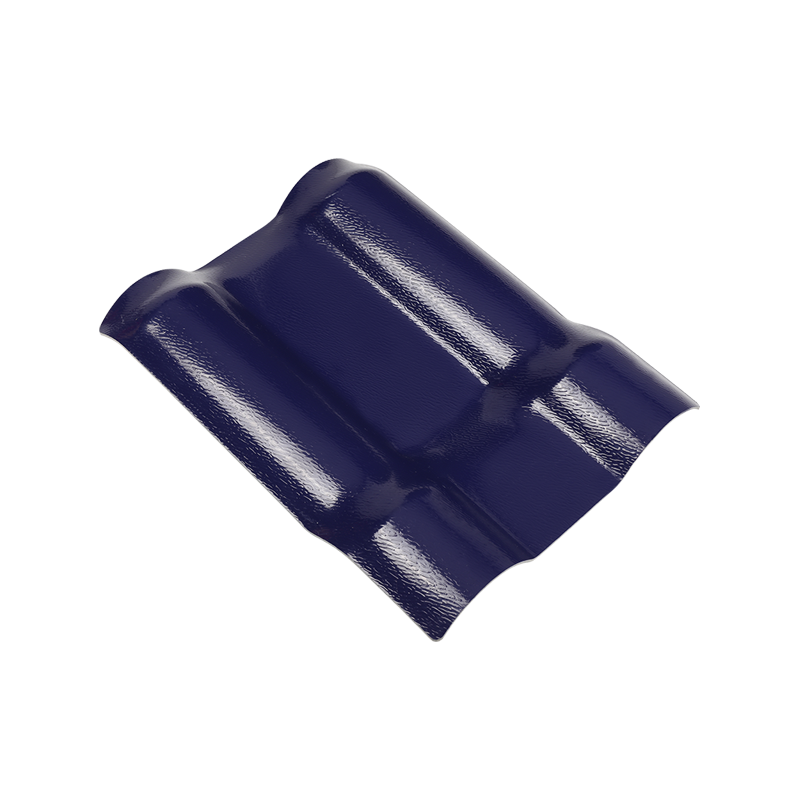
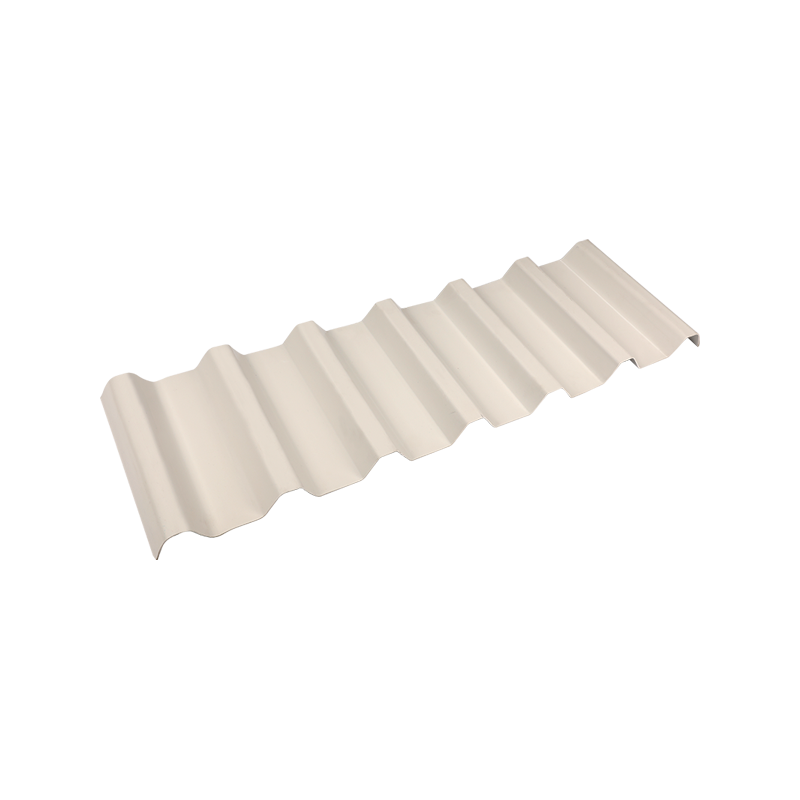
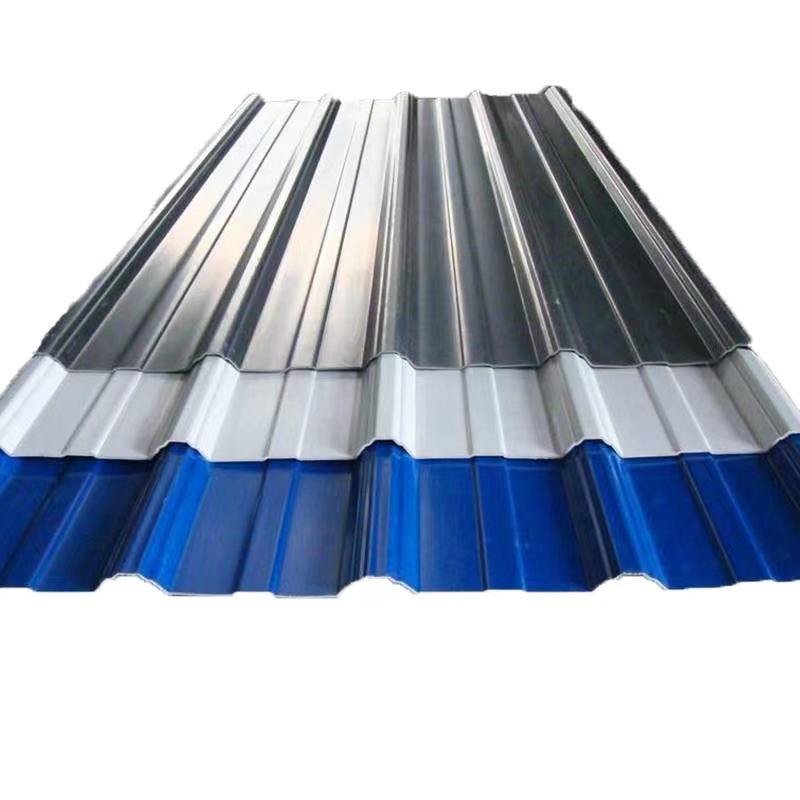
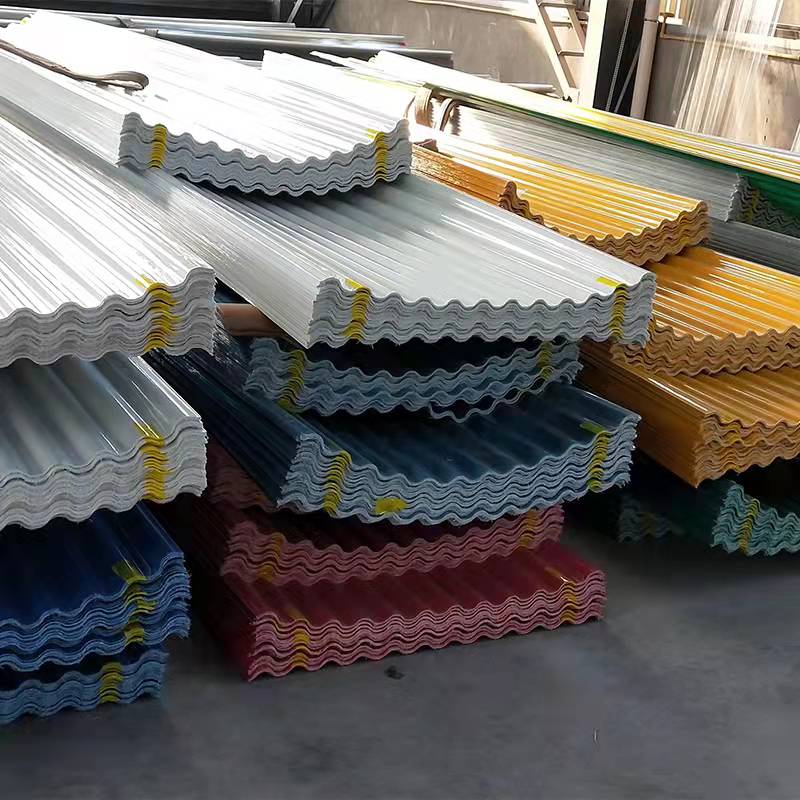


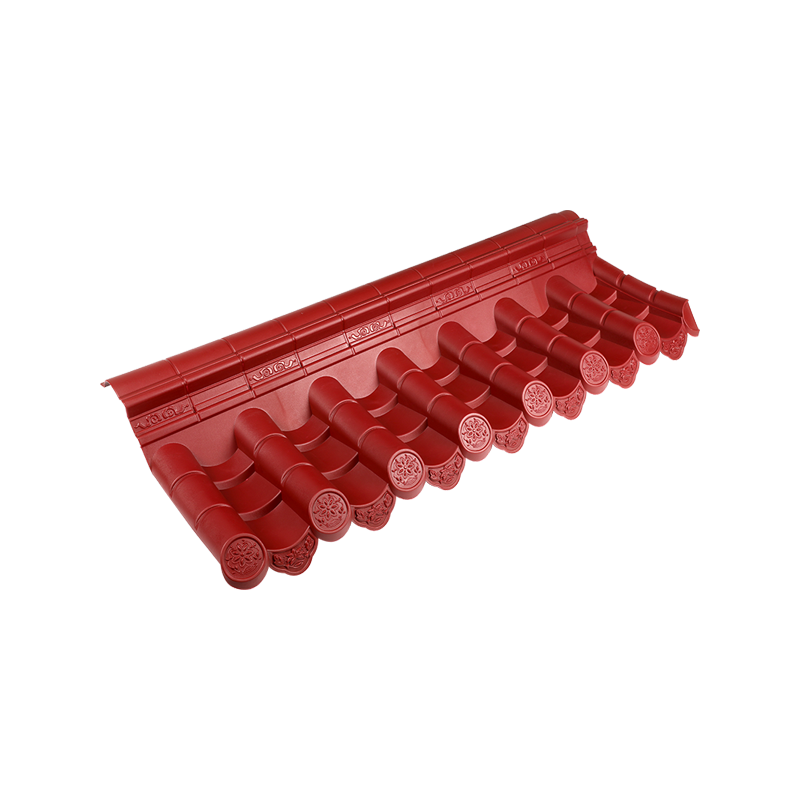


 Email:
Email: Phone:
Phone: Adress:
Adress: